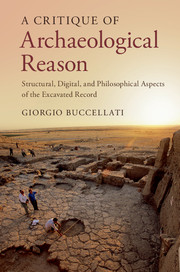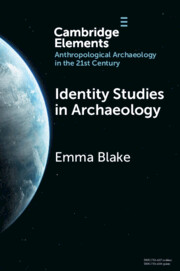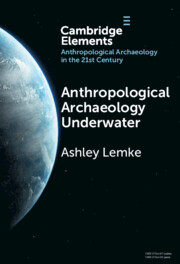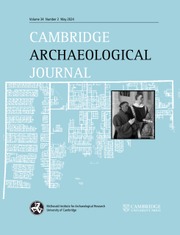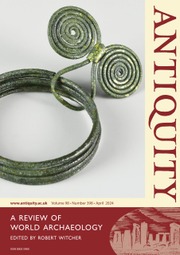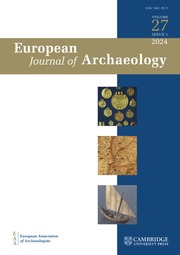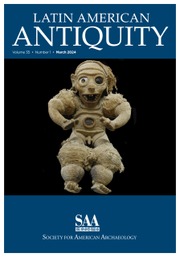A Critique of Archaeological Reason
In A Critique of Archaeological Reason, Giorgio Buccellati presents a theory of excavation that aims at clarifying the nature of archaeology and its impact on contemporary thought. Integrating epistemological issues with methods of data collection and the role and impact of digital technology on archaeological work, the book explores digital data in order to comprehend its role in shaping meaning and understanding in archaeological excavation. The ability of archaeologists to record in the field, rather than offsite, has fundamentally changed the methods of observation, conceptualization, and interpretation of deposits. Focusing on the role of stratigraphy as the center of archaeological field work, Giorgio Buccellati examines the challenges of interpreting a 'broken tradition'; a civilization for which there are no living carriers today. He uses the site of Urkesh in Syria, where he has worked for decades, as a case study to demonstrate his theory.
- Deals with the intellectual dimension of archaeological excavation, placing field archaeology on solid theoretical grounds
- Establishes the new concept of archaeological reason, giving fresh understanding of philosophical hermeneutics
- Presents a theory of excavation that highlights the role and impact of digital technology on archaeological work
Awards
Winner, 2021 Balzan Prize for Art and Archaeology of the Ancient Near East, International Balzan Prize Foundation
Product details
June 2017Hardback
9781107046535
408 pages
235 × 158 × 24 mm
0.78kg
26 b/w illus. 4 tables
Available
Table of Contents
- 1. Introduction
- Part I. Fundamentals:
- 2. Archaeology and grammar
- 3. Categorization
- 4. The search for objectivity
- Part II. Analysis:
- 5. Stratigraphic analysis
- 6. Typological analysis
- 7. Integrative analysis
- Part III. The Reassembled Construct:
- 8. The invention of a site
- 9. The physical record
- 10. The referential record
- Part IV. The Privileged Venue:
- 11. Digital thought
- 12. Digital text
- 13. The archaeological record
- Part V. The Wider Frame:
- 14. The relevance of structure
- 15. The critical approach
- 16. Hermeneutics
- 17. Conclusion.

